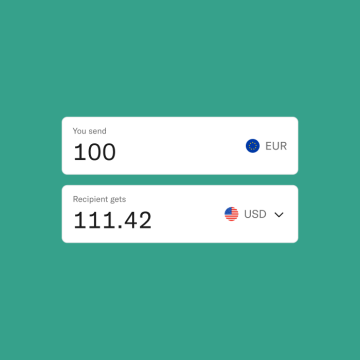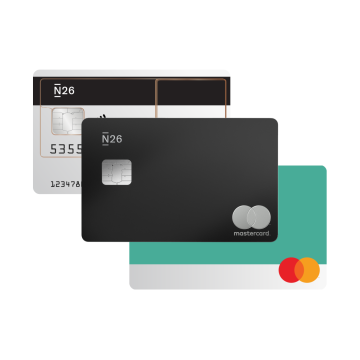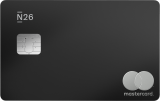What is a foreign transaction?
A foreign transaction is an electronic payment made in a currency other than your own. Here are some types of foreign transactions:- ATM withdrawals in a foreign country
- Online card payments in currencies other than your banking currency
- Payments made while abroad
- International money transfers
Foreign transaction fees: A breakdown
Foreign transaction fees are often charged by a bank or card company on any transaction made outside your currency or region of use. The total fee charged is generally broken down into two parts.
- First, there’s a currency conversion fee for transferring the money from one currency to another, typically around 1%.
- Second, there’s the transaction processing fee (usually around 2%) charged by the bank or card company for providing an international service.

Why do we pay foreign transaction fees?
Foreign transaction fees are designed to cover the cost of converting one currency into another. Unlike standard transfers, transfers between currencies are complex, involve more channels, and take longer — often resulting in higher fees. If you’re planning to send money abroad, it’s worth taking currency conversions and transaction fees into account to avoid any unpleasant surprises. Learn more about transaction fees abroad and how they work here.Avoiding extra foreign transaction fees abroad
There are several ways to avoid extra foreign transaction fees. For example, try bringing a no-fee debit card when you travel, withdrawing currency ahead of your trip, and avoiding multiple visits to foreign ATMs. It’s also a good idea to pay cash in the local currency to sidestep any transaction fees on site.Foreign transactions and currency exchange rates
In addition to watching out for high foreign transaction fees, it’s important to consider currency exchange rates when making payments abroad. These rates are based on global trade markets and are used to calculate the sender’s currency into the recipient’s. Need a refresher on foreign currency exchange? Check out our handy guide here.
Do all companies charge foreign transaction fees?
Not all banks or card companies charge foreign transaction fees — some absorb the costs themselves. To learn what fees you might be subject to, check with your bank or card issuer. At N26, all account holders can make card payments overseas for free, with no foreign transaction fees on top. Discover all the N26 benefits of our accounts here.Get free payments worldwide and no hidden fees with N26
At N26, all our accounts feature free card payments worldwide — as often as you like and with no foreign transaction fees. N26 Go and Metal account holders can withdraw cash for free at foreign ATMs, while customers with Standard and Smart accounts are charged a fixed 1.7% conversion fee on the withdrawal amount.

N26 Go and Metal: Get unlimited free ATM withdrawals abroad
As an N26 Go or Metal customer, not only can you enjoy unlimited free card payments globally, you can also withdraw cash in any currency as often as you want — free of charge. You’ll also get real-time exchange rates when making international transfers. Plus, you’ll benefit from a travel insurance package that includes trip cancellation and medical coverage.Find a plan for you
POPULAR
N26 Go
The debit card for everyday and travel





€ 9,90/month
Up to 5 free withdrawals in the Eurozone
Flight and luggage delay cover
Medical emergency cover
Winter activities insurance
Pandemic coverage
N26 Metal
The premium account with a metal card



€ 16,90/month
An 18-gram metal card
Up to 8 free withdrawals in the Eurozone
Purchase protection
Phone insurance
Dedicated N26 Metal line
Foreign transactions include any transactions made in a currency other than your own, such as cash withdrawals, card payments when traveling, or an online purchase from a foreign retailer.
A foreign transaction fee is charged by a card company or financial institution on transactions made abroad or with a foreign vendor. Fees are usually between 1% and 3% of the transaction value, though some card companies charge fixed rates.
Not all card companies charge foreign transaction fees. With N26, all account holders can make unlimited card payments abroad and overseas, completely free of charge.
No. All N26 account holders can make unlimited free card payments abroad — no strings attached. N26 Go and N26 Metal customers can make unlimited ATM withdrawals abroad, while all Standard and Smart account holders incur a small fee.
N26 Go and Metal cardholders are never charged to make ATM cash withdrawals, regardless of the currency or frequency. Standard and Smart account holders are charged a fixed fee of 1.7%.



